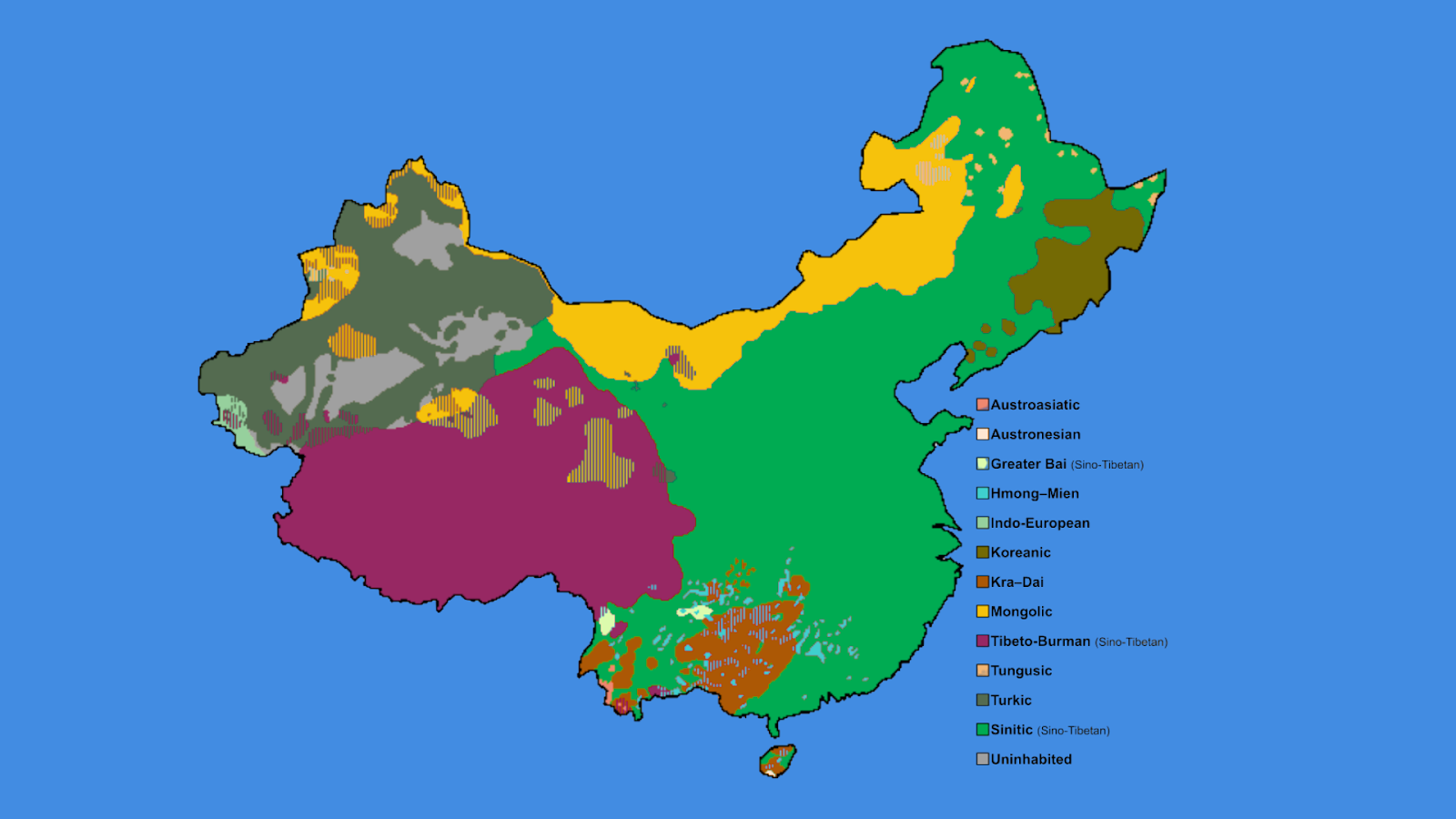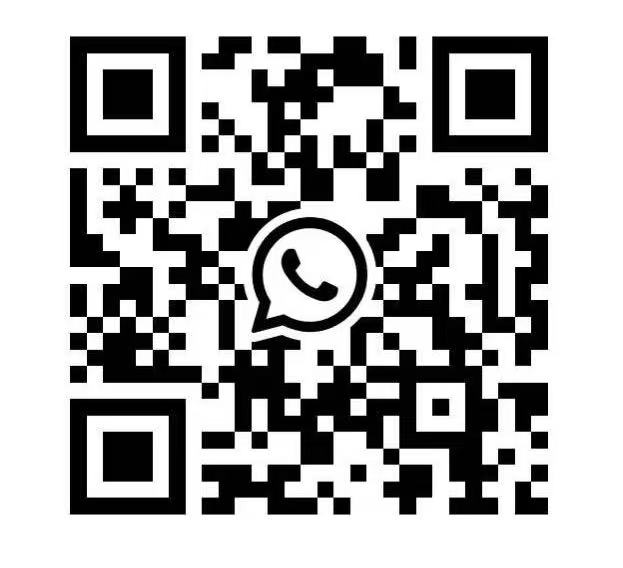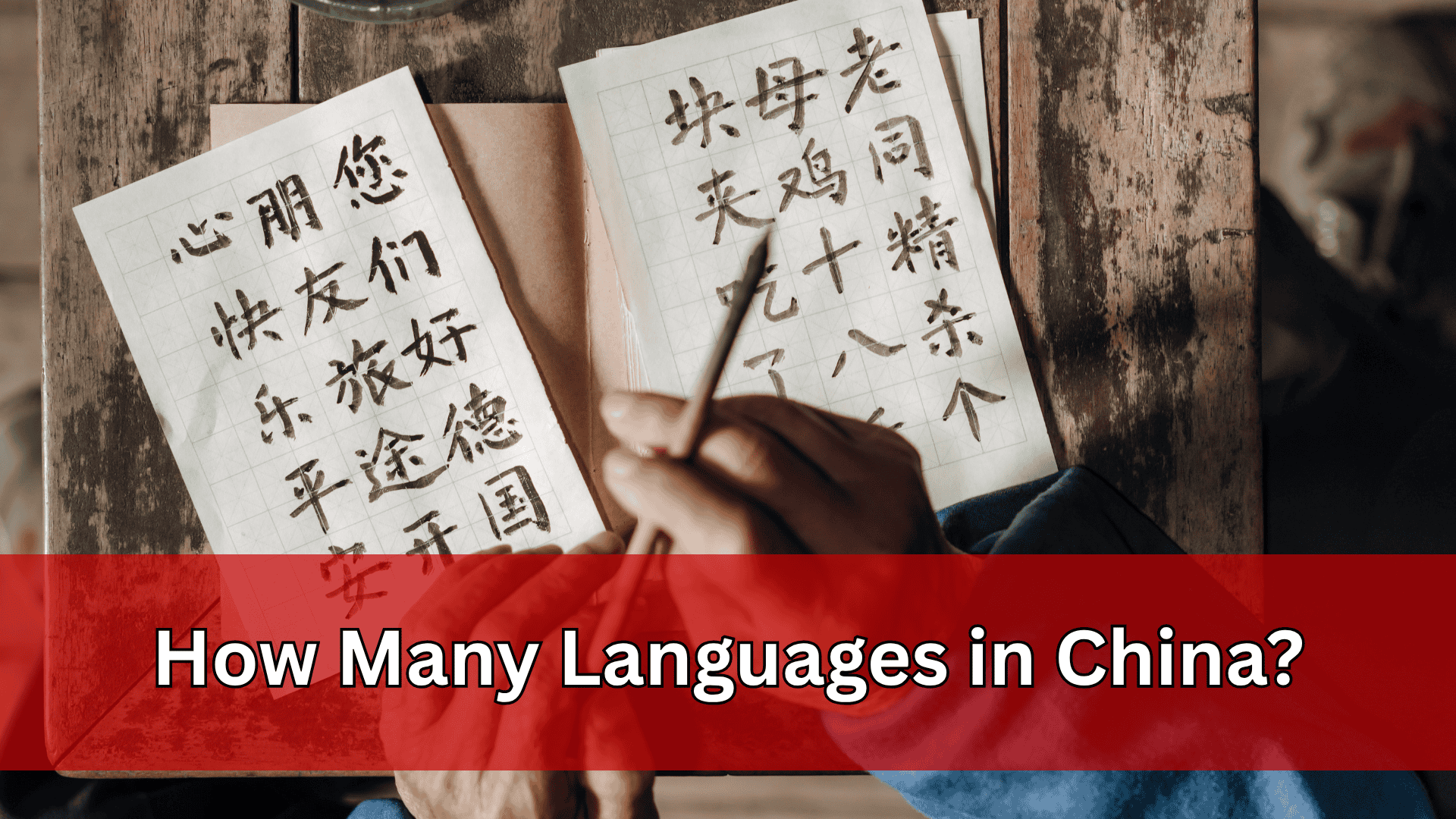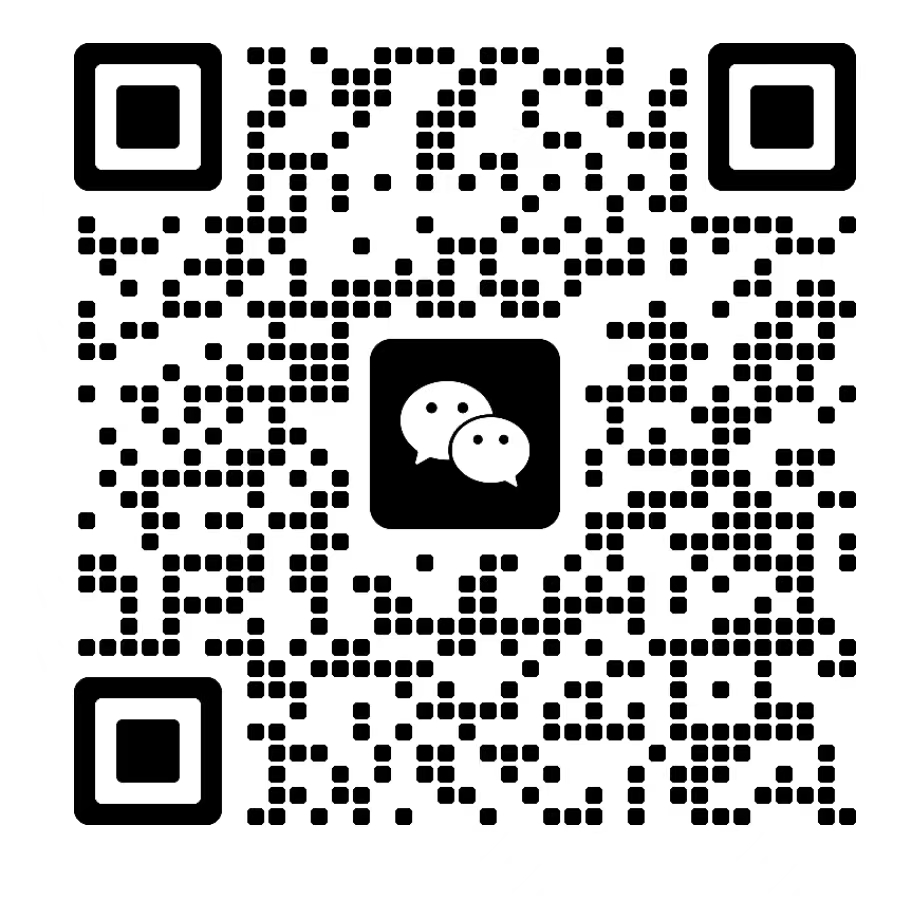Have you ever wondered just how many languages in China there really are? If you think the answer is just “Chinese,” you’re in for a big surprise!
China is one of the most linguistically diverse countries in the world, with hundreds of languages spoken across its vast land.
If you’re curious about the numbers, the reasons behind this diversity, and what it means for people living in China today, read on for a clear and fascinating guide.
How Many Languages Are Spoken in China? (Quick Answer)
China is home to more than 300 different languages! Yes, you read that right, over three hundred. These languages are spoken by people from different regions and ethnic groups.
The exact number can change depending on how experts count languages and dialects, but most agree that China is one of the world’s top countries for language diversity.
Why Does China Have So Many Languages?
China’s huge size and long history have helped create a place where many languages can thrive. The mix of different people and cultures across the country means there are many ways of speaking.
✅ Geography and History Play a Big Role
China is huge, with mountains, rivers, deserts, and forests separating different groups of people. Over thousands of years, these groups developed their own ways of speaking.
Some lived in remote areas, while others moved to new places, bringing their languages with them.
✅ Many Ethnic Groups, Many Languages
China officially recognizes 56 ethnic groups, and many of these groups have their own unique languages.
While the Han Chinese are the largest group, the other 55 minorities each contribute to China’s language patchwork. This rich mix is a big reason why there are so many languages in China.
Main Language Families in China

China’s languages belong to several large language families, each with its own history and unique features. Understanding these families helps explain why there are so many different languages in China.
Note: The term "Altaic" is sometimes used in China to group languages like Mongolic and Turkic together, but many international linguists do not consider Altaic a true language family. Instead, Mongolic, Turkic, and Tungusic are often treated as separate families.
What Is a Language Family?
A language family is a group of languages that come from the same ancient language. Think of it like a big tree with branches, where each branch is a different language.
The Biggest Language Families in China
- ✅ Sino-Tibetan: This is the largest family and includes Mandarin, Cantonese, and Tibetan.
- ✅ Mongolic: Includes Mongolian and related languages.
- ✅ Turkic: Includes Uighur, Kazakh, and others.
- ✅ Tai-Kadai: Spoken by the Zhuang people and others in southern China.
- ✅ Hmong-Mien: Used by some groups in the south, like the Miao people.
- ✅ Indo-European: A few Indo-European languages, like Russian and Tajik, are spoken in certain border areas.
Each family has its own branches and languages, making China’s language map even more colorful.
What Is the Official Language of China?
Although China has hundreds of languages, only one is used for government, education, and national communication. Mandarin Chinese, or Putonghua, is the official language that connects people from different regions.
Mandarin Chinese (Putonghua)
The official language of China is Mandarin Chinese, also called Putonghua. It is the language you hear on Chinese TV, in schools, and in government offices. Mandarin is based on the speech of Beijing and is taught all over the country.
Mandarin vs. “Chinese”
When people say “Chinese,” they usually mean Mandarin, but “Chinese” can also mean all the different languages and dialects spoken by Han Chinese. So, Mandarin is just one part of the bigger picture!
Most Spoken Languages in China
Some languages in China are spoken by millions, while others are only used in small communities. Here are the most widely spoken languages and some fun facts about them.
Top 5 Most Spoken Languages
- ✅ Mandarin (Putonghua): Nearly 70% of the population speaks Mandarin as their first language.
- ✅ Cantonese (Yue): Popular in Guangdong, Hong Kong, and Macau.
- ✅ Shanghainese (Wu): Spoken in Shanghai and the surrounding area.
- ✅ Hokkien (Min): Used in Fujian province and by many overseas Chinese.
- ✅ Hakka: Found in southern China and among Chinese communities abroad.
Fun Facts
- Some “dialects” are so different that speakers can’t understand each other at all.
- Cantonese is famous for its use in kung fu movies and pop music.
- Hokkien is common in Taiwan and Southeast Asia.
Regional Languages and Dialects: What’s the Difference?

In China, the words “language” and “dialect” can mean very different things. Many local dialects are so unique that people from different regions may not understand each other, even if they are both speaking “Chinese.”
Language vs. Dialect in China
In China, people often call different ways of speaking “dialects,” but many of these are actually separate languages.
For example, someone from Beijing might not understand a person from Guangzhou, even though both are speaking “Chinese.”
Examples of Major Regional Languages
- ✅ Wu: Includes Shanghainese.
- ✅ Min: Includes Hokkien and Teochew.
- ✅ Yue: Includes Cantonese.
- ✅ Jin, Xiang, Gan, Pinghua: Other important regional languages.
Each region has its own way of speaking, with unique words and sounds.
Languages of China’s Ethnic Minorities
China’s ethnic minorities have helped create a rich language landscape. These groups speak dozens of unique languages, some of which are only spoken in certain villages or towns.
55 Ethnic Minorities, Many Languages
China’s 55 ethnic minority groups speak dozens of their own languages. These include:
- ✅ Zhuang: The largest minority, mainly in Guangxi.
- ✅ Uighur: Spoken in Xinjiang, related to Turkish.
- ✅ Tibetan: Used in Tibet and nearby areas.
- ✅ Kazakh, Korean, Mongolian: Spoken in border regions.
- ✅ Miao, Yi, Bai, and many more: Each with their own languages.
Protecting Minority Languages
Some schools and TV programs use minority languages to help keep them alive. The government also encourages the use of these languages in certain areas.
Endangered and Disappearing Languages in China
Not all of China’s languages are thriving. Many are endangered and could disappear as younger generations shift to Mandarin for school and work.
How Many Languages Are Endangered?
Sadly, many of the languages in China are endangered. Experts say that over 100 languages in China are at risk of disappearing, mostly because younger people are switching to Mandarin for school and work.
Why Are Languages Disappearing?
- ✅ Urbanization: People move to cities and use Mandarin.
- ✅ Education: Schools mainly teach in Mandarin.
- ✅ Media: TV, movies, and the internet are usually in Mandarin.
Saving Endangered Languages
Some communities and researchers are working hard to record and teach these rare languages before they are lost forever.
Also read: Patriotic Education in China
Why Understanding China’s Languages Matters
Learning about China’s many languages helps you appreciate its cultural richness and diversity. Whether you are traveling, studying, or doing business, understanding the language landscape can make your experience much more meaningful.
Conclusion
China’s language landscape is truly fascinating and important to understand. It reflects the country’s immense cultural diversity and the enduring heritage of its many communities.
As China continues to evolve, its languages will remain a vital part of its national identity and global influence.
For more informative guides about China’s languages, China laws, and more, visit China Legal.
And if you ever need assistance with any China legal issue you may face in the future, do not hesitate to contact Choi & Partners.
Frequently Asked Questions About Languages in China
What are the 8 major Chinese languages?
The 8 major Chinese languages, often called “dialect groups,” are Mandarin, Cantonese (Yue), Wu (Shanghainese), Min (Hokkien and others), Xiang, Gan, Hakka, and Jin. Each group includes several regional varieties. These languages are so different from each other that speakers from different groups may not understand one another. They are spread across different parts of China and spoken by millions.
Which country has the most languages?
Papua New Guinea has the most languages of any country, with over 800 different languages spoken. China is also high on the list, with more than 300. Other countries with lots of languages include Indonesia, Nigeria, and India. These countries all have many ethnic groups and isolated regions.
Is Chinese and Mandarin language the same?
Mandarin is a type of Chinese language and is the official language of China. “Chinese” can refer to Mandarin or to all the different languages and dialects spoken by Chinese people. So, Mandarin is just one part of the bigger Chinese language family. Many people in China speak other Chinese languages besides Mandarin.
What is the hardest language to learn?
Many people consider Chinese languages, especially Mandarin, to be some of the hardest to learn because of the tones and characters. However, what is “hard” depends on your own language background. Other languages like Arabic, Russian, and Japanese are also often called difficult. It is all about practice and motivation.
What are the 11 official languages of China?
China has one official language at the national level, which is Mandarin Chinese (Putonghua). However, some regions have their own official languages for local use, such as Mongolian in Inner Mongolia, Tibetan in Tibet, Uighur in Xinjiang, and Zhuang in Guangxi. Altogether, there are several regional official languages, but Mandarin is the only one used nationwide. These regional languages help protect the cultures of China’s ethnic minorities.
Subscribe to receive updates
Subscribe to receive the latest blog posts to your inbox every week.



